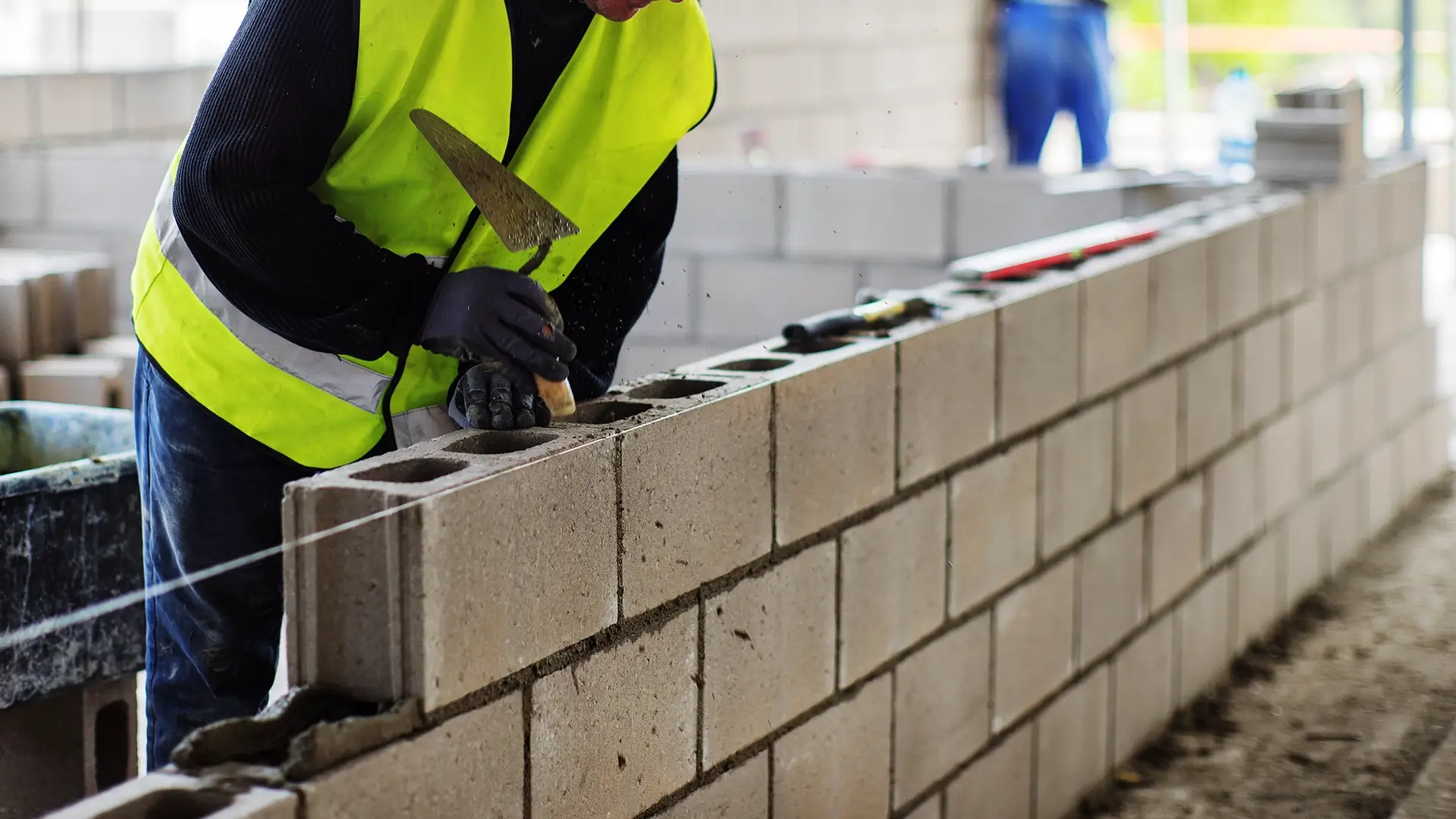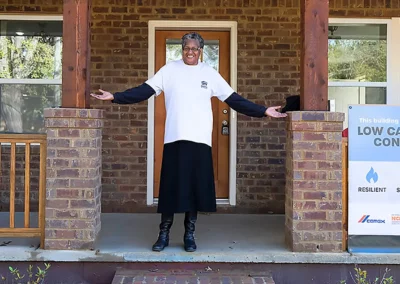Increasingly, states are mandating the use of low carbon concrete in construction.
We’re keeping an eye on legislation in a growing number of states that are aimed at reducing the carbon footprint of the built environment – specifically through the creation of “Low Carbon Concrete” standards.
California’s approach is akin to its Low Carbon Fuel Standard, which set targets for carbon emissions reduction through the use of lower carbon fuels and electric vehicles.
According to the Low Carbon Concrete legislation, the goal is to “develop a comprehensive strategy for California’s cement and concrete sector to reduce the carbon intensity of concrete used in the state by at least 40% from 2019 levels by 2030 and to achieve carbon neutrality as soon as possible, but no later than 2045.”
The state would create an independent board to “identify modifications to existing measures and evaluate new measure, including a low-carbon product standard for concrete or cement, to achieve those objectives.”
New York is taking a different approach to low carbon concrete.
There, the low carbon concrete approach is not to penalize non-compliance, but rather incent overperformance. That is, the more you can reduce the carbon footprint of your concrete, the better you will be scored in a competitive bid.
Across the Hudson River, the state of New Jersey has a similar bill. One key difference — the state will apply artificial discounts to those producers that have higher sustainability scores, meaning their bids become more competitive than those with a higher carbon footprint.
Predictably, the pushback has been intense from construction trade groups like the Association of General Contractors in NY state, who questioned both the safety of low embodied concrete and (perhaps more forcefully) the specter of unfair competition between those who can reduce their carbon footprint. The first objection is easy to overcome.
Low embodied concrete either meets specifications or it doesn’t. There’s no middle ground. It’s incumbent on any concrete producer — or technology provider like CarbonBuilt — to ensure the finished product meets spec.
The second objection should also be easy to overcome once industry understands that (at least with CarbonBuilt’s approach) there’s a financial incentive to reduce the carbon footprint of concrete.
Our process increases the operating margins of low carbon concrete producers by up to 20 percent.
When you add in carbon offset credits at even a modest figure of $50-$100 a ton, concrete producers can see profit margins boosted by more than 50%.
If producing low carbon concrete increases profit, and you win more business because of it, there really shouldn’t be any reason not to embrace new technologies.
Read more here: https://www.greenbiz.com/article/how-ny-could-become-model-green-concrete-policy




